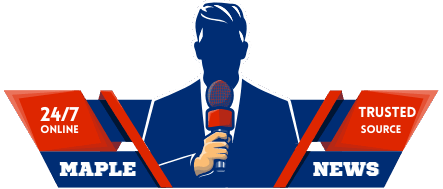Maple News reports that many newcomers to Canada are embracing self-directed investing as a way to take control of their financial future. With the right approach, self-directed investing can become a powerful tool to build wealth, achieve financial goals, and gain confidence in navigating the Canadian financial system.
Self-directed investing allows individuals to manage their own portfolio without relying on a financial advisor. Instead, investors make independent decisions about where to allocate funds—whether in stocks, bonds, exchange-traded funds (ETFs), or mutual funds. This do-it-yourself method empowers newcomers to align their investments with their risk tolerance, time horizon, and personal objectives.
Instead of letting savings sit idle in a bank account, newcomers can use investing to grow their money over time. Whether the goal is long-term wealth accumulation, a down payment on a home, funding education, or planning retirement under programs like FIRE (Financial Independence, Retire Early), self-directed investing offers flexibility and full control over one’s financial path.
To begin, it’s important to define clear investment goals. These could include saving for retirement, generating supplementary income, or buying property. Once goals are set, investors should assess their comfort with risk and choose investment products that match their preferences and timelines.
The first step in getting started is choosing a reliable online brokerage platform that offers a user-friendly experience and access to education, tools, and support. Then, newcomers can open either a registered investment account—such as a Tax-Free Savings Account (TFSA), Registered Retirement Savings Plan (RRSP), or First Home Savings Account (FHSA)—or a non-registered account. Registered accounts often offer tax advantages, making them especially beneficial for long-term financial planning.
Newcomers should familiarize themselves with the main investment types available in Canada. Stocks offer high-return potential but come with market volatility. Bonds tend to be more stable, providing predictable returns through interest payments. Mutual funds and ETFs allow easy diversification by pooling investor money into a mix of securities.
As with any new skill, education is key. There are a variety of trustworthy resources designed specifically for newcomers looking to understand the investment landscape in Canada. These include tutorials, webinars, and articles that simplify complex topics and explain how to get started confidently.
By taking a proactive approach, learning the basics, and using the right tools, self-directed investing can help newcomers take charge of their financial future in Canada. From building a strong portfolio to setting long-term goals, investing on your own terms can be both rewarding and empowering.
Maple News encourages readers to continue learning and explore available avenues for financial growth tailored to newcomer needs.
